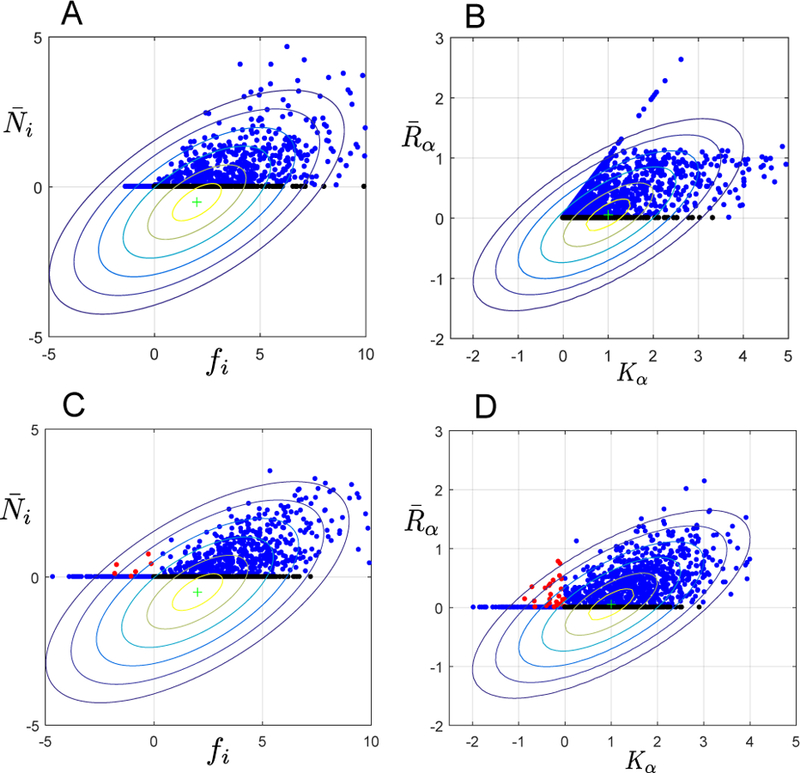FIG. 4. Predicting the effective fttness and effective carrying capacity.

(A) Steady-state abundance versus the fitness for each species i . Fitness is defined as the initial growth rate of species i in the environment in the absence of all other species. Points colored black are species with positive fitness that go extinct in the community . (B) Comparison of the steady state resource levels with their capacity Kα. The filled circles are generated from simulations with M = S = 30 resources and species, the data is generated from 50 separate trials. Parameters for simulations as in Figure 2 with p = and σm/m = 0.1. Black points indicate resources which have a positive capacity but go extinct in the community. The difference between plots for (A,B) and (C,D) is that in the former Kα and mi are always positive because they are drawn from a gamma distribution and Bernoulli distribution respectively. In (C,D), each of these parameters is drawn from a Gaussian distribution with the same mean and variance as in (A,B). This means that a small fraction of the Kα, mi, and ciα are negative. Negative ciα corresponds to production of resource α by species i at a fitness cost to itself (i.e. public good production). In (C,D), red points indicate species with negative fitness that can stably exist in the community or resources with negative Kα that are produced by the ecosystem. Contours show theoretical predictions of our CM for correlation between and fi as well as and Kα (see Appendix E for details). Each contour represents half a standard deviation of our theory.
